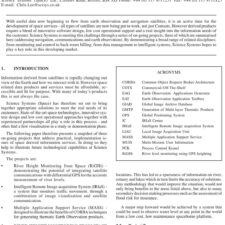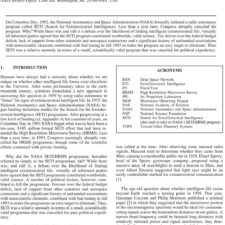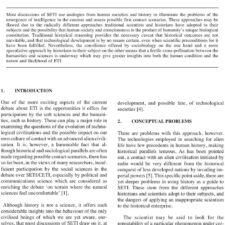Feasibility of 20 km Free-Standing Inflatable Space Tower
£5.00
R. K. Seth; B. M. Quine; Z. H. Zhu (2009), JBIS, 62, 342-353
Refcode: 2009.62.342
Abstract:
This paper describes the theory and analysis for the construction of a thin walled inflatable space tower of 20 km vertical extent in an equatorial location on Earth using gas pressure. The suborbital tower of 20 km height would provide an ideal surface mounting point where the geosynchronous orbital space tether could be attached without experiencing the atmospheric turbulence and weathering in the lower atmosphere. Kevlar is chosen as an example material in most of the computations due to its compatibility in the space environment. The Euler beam theory is employed to the inflatable cylindrical beam structure. The critical wrinkling moment of the inflated beam and the lateral wind load moments are taken into account as the key factors for design guidelines. A comparison between single inflatable cylindrical beam and inflatable multiple-beam structures is also presented in order to consider the problems involving control, repair and stability of the inflated space tower. For enhancing load bearing capacity of the tower and for availability of more surface area at the top, the non-tapered inflatable structure design is chosen for the basic analysis, however further analysis can be performed with tapered structures.





